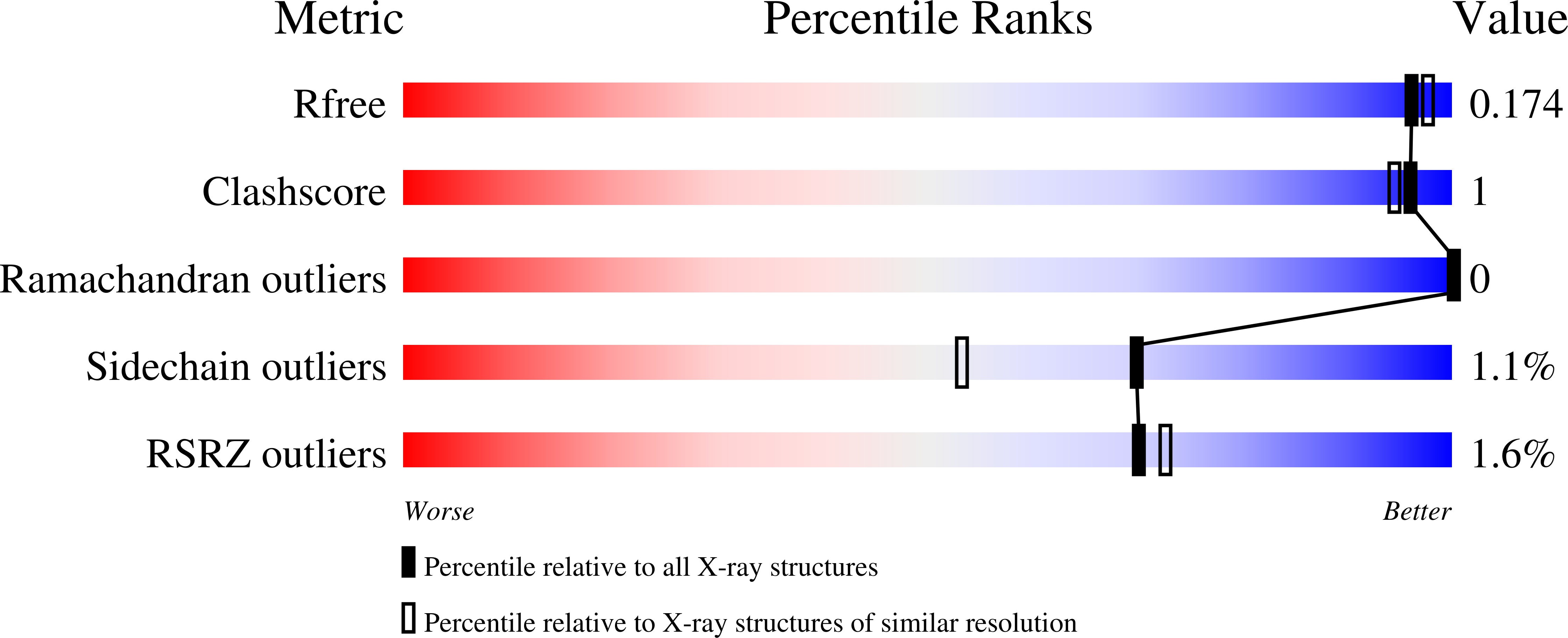
Deposition Date
2024-09-05
Release Date
2024-12-25
Last Version Date
2025-02-05
Method Details:
Experimental Method:
Resolution:
1.60 Å
R-Value Free:
0.17
R-Value Work:
0.16
R-Value Observed:
0.16
Space Group:
P 65 2 2


